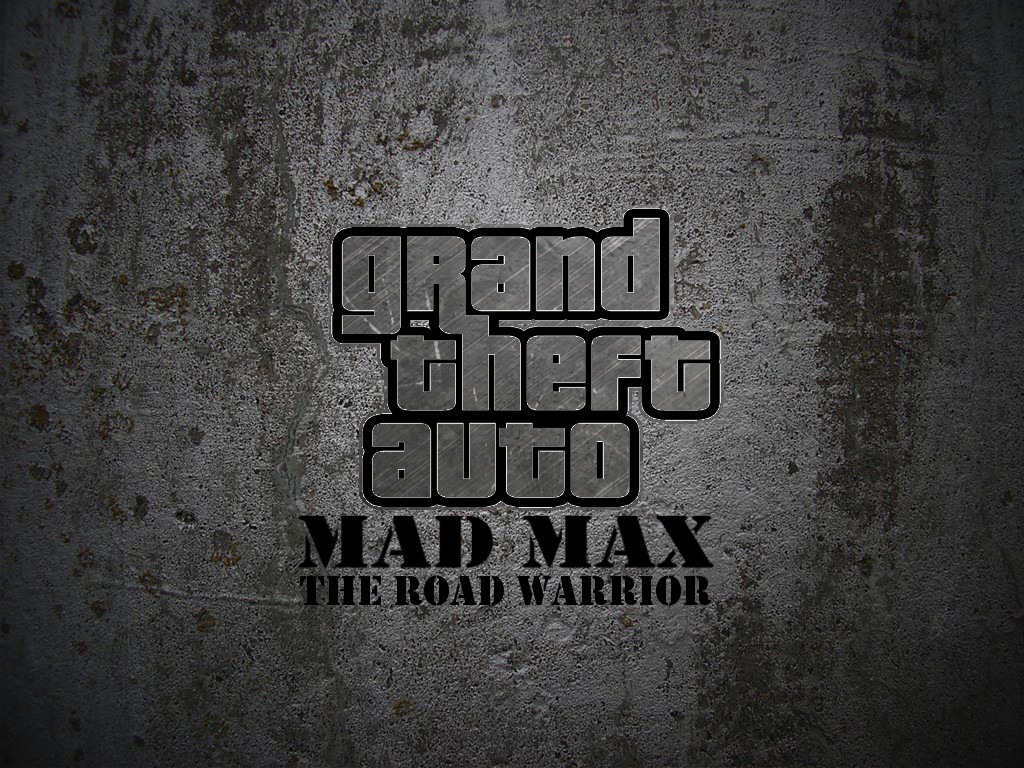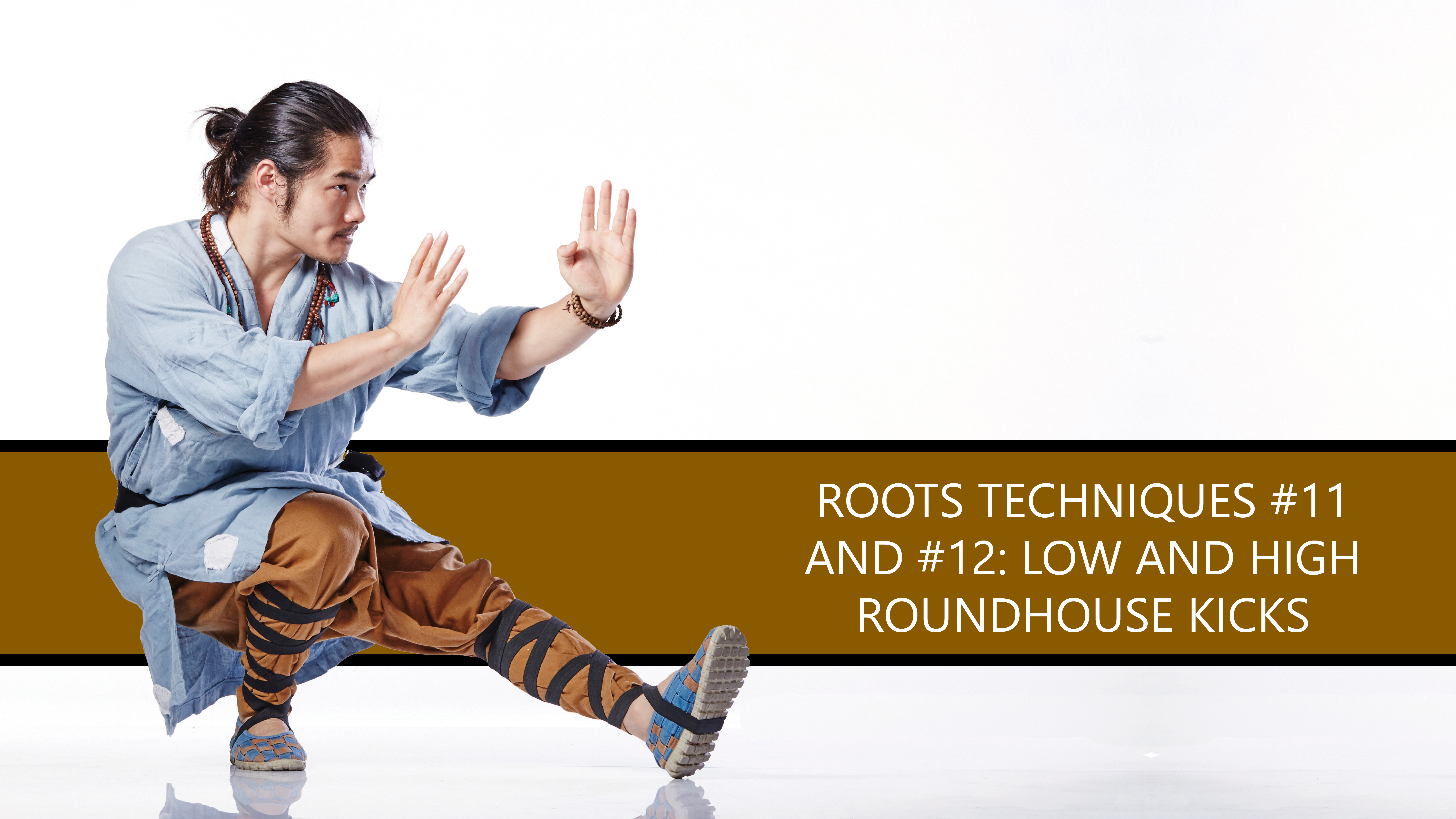

Yup, I’m talking about applying Wushu techniques and movements in sparring for Sanshou. But for those of you who have been reading my “Taolu Applications” segment, you know where I’m going with this. For those of you that are new to my write-ups, you may not be interested in this. Having recently come off of my previous write-up, “Wushu Sparring (Sanshou) Applications: Taolu Applications”, I’ve come back with more. As examples, the write-up uses two specific techniques from the Changquan (Long Fist) style. This write-up was done to prove the contrary Wushu Taolu techniques CAN and HAVE been applied via sparring. Form specific techniques, especially in Chinese martial arts, have always been criticized as having no actual fighting utility. The Late Grandmaster Ma Xianda, Kung Fu Magazine “The Muslim Master of the Old Empire”Ībstract: The purpose of this write-up is to promote the awareness and serious discussion of real and active fighting applications from Wushu Taolu (forms) techniques, specifically in the Sanshou or Sanda (full-contact sparring) environment. What is the experimental lab of Wushu? That is the tournament or the battlefield.” You cannot just have it in the mouth or on the paper.

If you say you have some extreme secret technique, you should examine it scientifically and find out how it works. “In the future for sanda, we should put more Chinese martial arts in it.Now we really should use the scientific method on our Wushu. Kung Fu techniques have made their way into S.C.A.R.s and other special forces training around the world as some of most effective martial systems.Wushu Sparring (Sanshou) Techniques #2: Taolu Applications These styles focus on supporting modern combat and are similar to or the precursors for the hand to hand combat training taught in the military today. Modern Combat: Traditional Battlefield martial arts that were used in combat for centuries are sometimes taught in a smaller modern version such as the simplified H'sing-I (Xingyi) taught to Chinese officers of the Second Sino Japanese War (WWII), which removed the traditional battlefield weapons such as sword and spear. These arts are trained traditionally with a vast array of weapons and are designed to teach the mastery of all types of battlefield weaponry. These arts are well proven prior to firearms and include empty hand styles such as H'sing-I and Pakua (which both have variants today practiced for the afore mentioned purposes, lacking true martial training). These techniques are a very small part of Chinese Kung Fu and look near identical to any other contact sport.įeudal Combat: Traditional battlefield weapons training and martial arts as trained by military men and officers for use on the battlefield. Sports focus solely on techniques that can be safely applied in competition usually ending with more points, a knock out, pin, or pain submission. By nature Self Defense is usually minimal in physical contact or heavy martial development and more suited to teach average people basic techniques to give them a chance in violent encounters.Ĭontact Sports: Kung Fu for contact sports can be light, medium, or heavy with competitions held around most the world today. Self Defense: There a many schools today that stress Self Defense alongside the health benefits of Kung Fu. Flashy and elaborate choreographed moves may look good on film but have little to do with combat.

These entertainers are found among the terracotta army alongside musicians, dancers, and acrobats. Performers are nothing new in China as there are records of sword dancers that predate the first Chinese empire. Theater & Performance: Many people associate the term of Kung Fu or Wushu with forms, choreography, performance, and the acrobatics they see in modern Wushu. Though still often referred to as martial arts or by the name they once had for combat, these "martial arts" are really not. Spiritual Growth: Styles of Kung Fu today are often taught for spiritual growth, internalization, meditation, and health with little to no regard for true combat applications. Even one Martial Art, of any kind, can be taught in one of several ways. The first of which is Intent or Purpose. The many styles of Chinese Martial Arts can be grouped together by various categories or families.


 0 kommentar(er)
0 kommentar(er)
